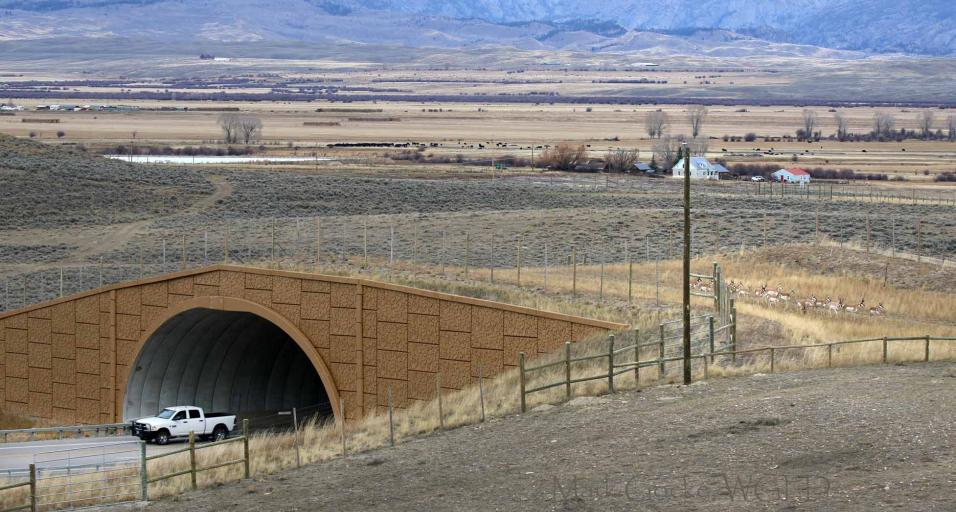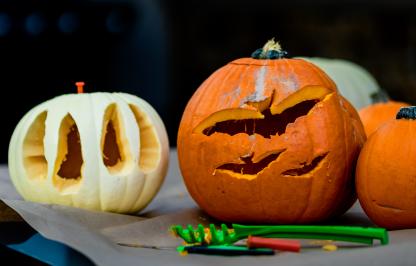Ask anyone who has driven on a Wyoming highway about a time they hit, or nearly hit, a big game animal on the road, and you’ll likely hear a story that raises your blood pressure.
Wildlife/vehicle collisions are a relentless concern in the state. The Wyoming Game and Fish Department, Wyoming Department of Transportation and numerous wildlife advocacy organizations are working together to find a way to reduce collisions and the impacts of highways and bordering fences on wildlife.
There is an average of 6,000 big game/vehicle collisions annually the past three years, according to WYDOT statistics. The agency estimates an average of $11,600 in injury and property damage costs per big game collision. The burden grows greater factoring the impact to wildlife. Mule deer collisions are of particular concern.
“Each time a mule deer is killed, it’s an economic value loss of $4,000 to the state and $11,600 in injury and property damage costs,” said Angi Bruce, the Game and Fish Habitat Protection Program supervisor. “In a year of accidents, that amounts to $24-29 million in personal injury costs and $20-23 million per year in wildlife costs.”
In 2017, organizations convened for the Wildlife and Roadways Summit to discuss ways to reduce collisions. From that, the Wyoming Wildlife and Roadway Initiative Team formed and recently launched an online tool depicting high collision sections of roads across the state. That map can be viewed on the Game and Fish website and will be updated regularly.
The state has solved some major challenges for big game versus roads by studying data from GPS collars of migrating animals and designing roads and fences to better help wildlife safely cross. An example includes the seven highway underpasses in Nugget Canyon near Cokeville, the last of which was installed in 2008.
“Hundred of animals used the underpasses regularly, especially mule deer. Between 2008-2011, collisions between mule deer and vehicles decreased by 81 percent,” Bruce said. “A project like this, and the ongoing efforts from organizations around the state, shows how much people value the wildlife and the difference that can be made.”
The 2018 Wyoming Legislature recently passed House Bill 39 to create a wildlife conservation license plate for residents to help fund efforts to reduce crashes between wildlife and vehicles. The initial price of the plate will be $150 with a $50 renewal fee each year. Proceeds from sales will fund overpasses, underpasses, fencing and signage to prevent vehicle/animal collisions along wildlife migration corridors.
There are additional ways the public can reduce wildlife impacts on the road and help mule deer — the greatest is by reducing speeds in areas where wildlife are known to be on the road, especially at dawn and dusk, and heed big game crossing signs.
Summit, funds from new license plates spur wildlife roadway projects
Sara DiRienzo (307-777-4540)



